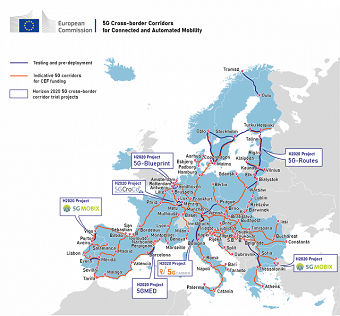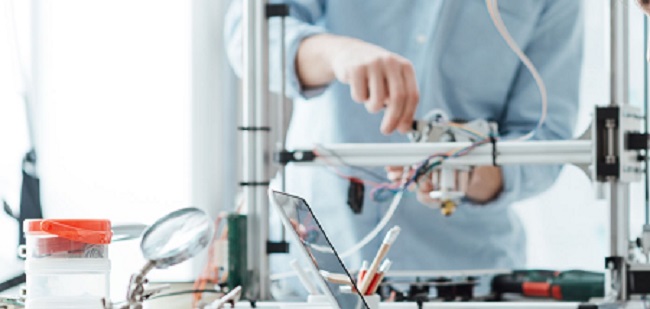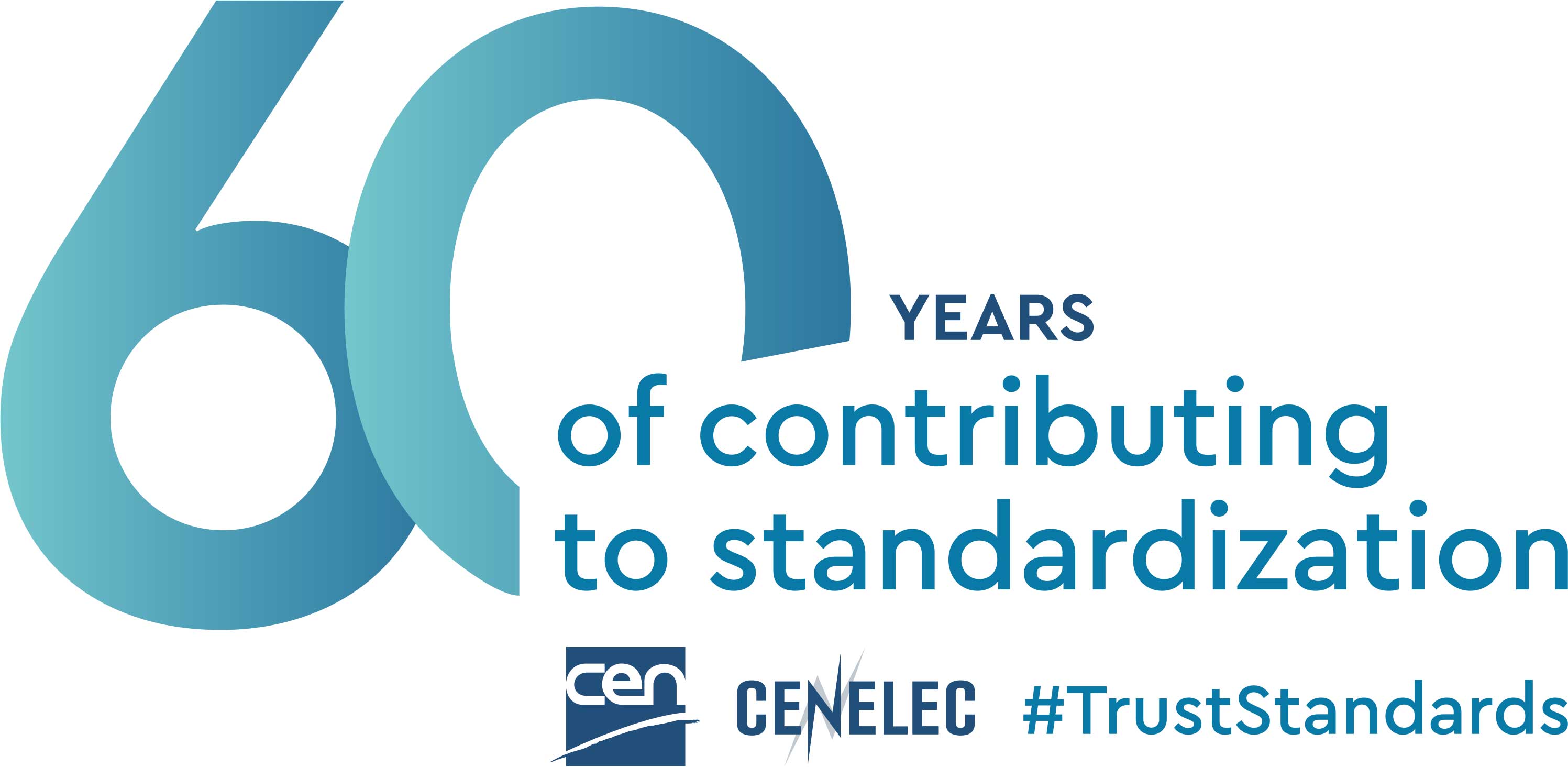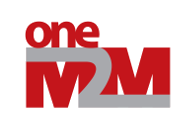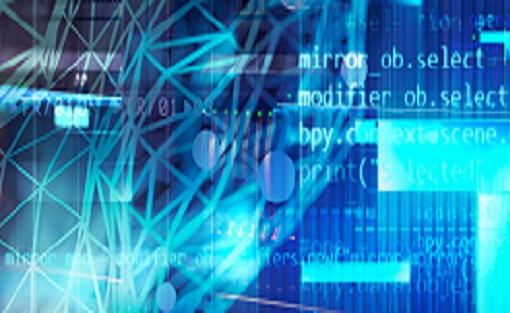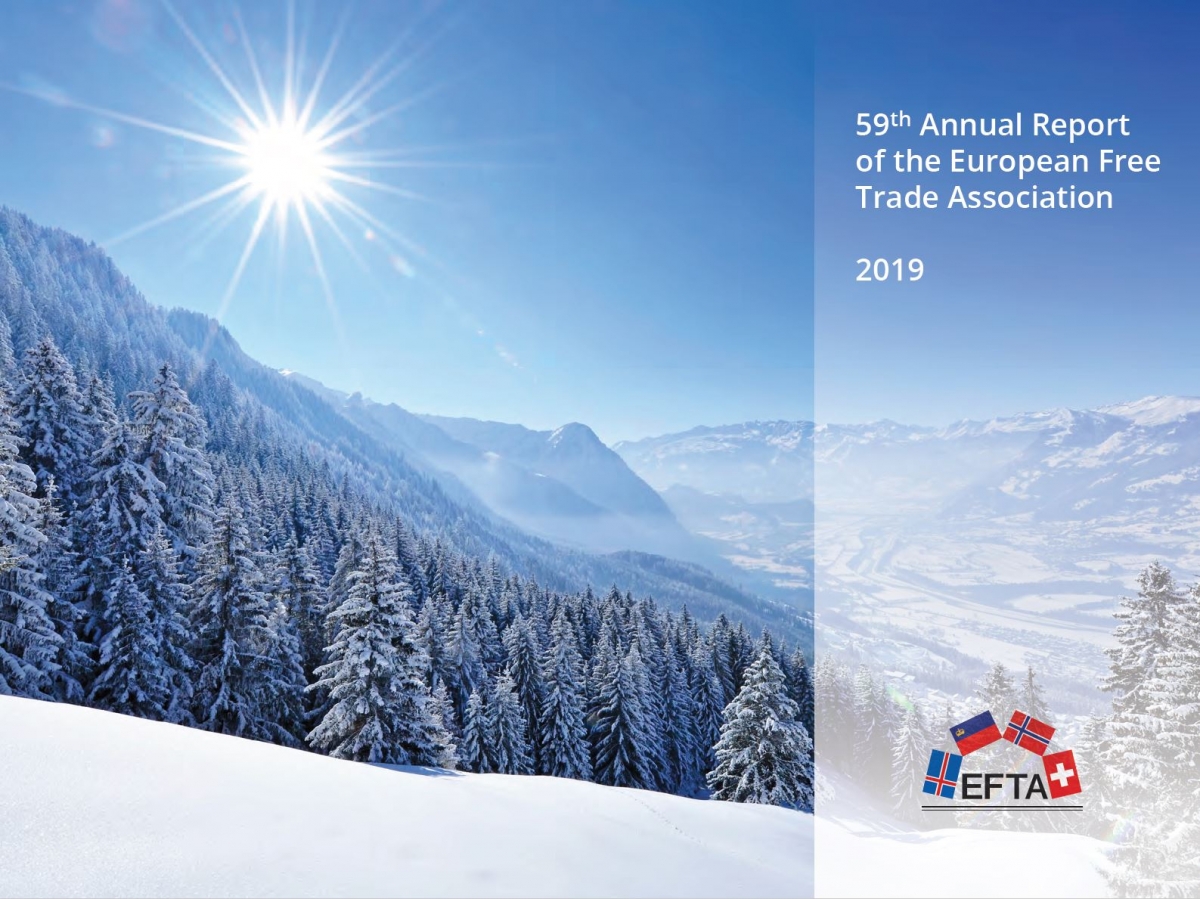New study proposes a standardization approach to identify trustworthy AI
|
A new study realised by the German technology organisation VDE and the Bertelsmann Stiftung demonstrates how ethical principles for artificial intelligence (AI) can be put into practice. The study, “From principles to practice – an interdisciplinary framework to operationalise AI ethics”, proposes a standardization approach to help consumers identify the level of trust of an AI product/service. While there are many ethical guidelines for AI currently being developed, there are very few solutions that can be practically implemented. One of the greatest obstacles is the vagueness and the varying understandings of principles like “transparency” and “equity”. The VDE-Bertelsmann Study aims at filling this gap. It proposes a method to implement general ethical principles in AI measurably and concretely based on a combination of three tools: a VCIO model, an AI ethics label and a risk classification. The so-called VCIO model (Value, Criteria, Indicators, Observables) breaks down values into criteria, indicators and, ultimately, measurable observables. The VCIO model can be used by policy developers, regulators and supervisory authorities to concretise and implement AI system requirements. |
Eleven new projects funded by Horizon 2020 programme under the European 5G Public-Private Partnership (5G-PPP) will start in September 2020. The objective is to gather opportunities in 5G hardware innovation and to validate 5G ecosystems for connected and automated mobility (CAM) along three new European cross-border corridors. The three new 5G cross-border projects (5G-Routes, 5G-Blueprint, 5GMED) will design, test and validate use cases in the field of mobility and transport under different geographic conditions and associated weather constraints. They will broaden the validation of connected and automated mobility features to roads, train, ports and maritime routes. Each project will provide a 5G network infrastructure that offers both multi-service and multi-application features to varied means of transport such as cars, trucks, trains, pods, barges and boats, as well as improved connectivity to public users.
The 5G Action Plan for Europe (5GAP) was adopted by the European Commission in September 2016 with calls for actions to achieve uninterrupted 5G coverage in all urban areas and along all main transport paths across Europe by 2025. It is expected that the 5G infrastructure will be a key enabler for the development of connected and automated mobility (CAM) by providing a broad range of digital services to the vehicle and paving the way to fully autonomous driving by the end of the decade on specific sections of roads equipped with 5G.
ETSI INCREASES OUTREACH TO THE RESEARCH COMMUNITY TO ACCELERATE INNOVATION AND STANDARDS COOPERATION
Engaging with Standards at the appropriate stages of research and innovation cycles is crucial to the development of new and evolved technologies. Identifying research topics for standardization at an early stage ensures that the requisite standards will be available to the industry when they are needed to support the relevant new technologies and products as they go to market.
Currently ETSI’s research and academic membership includes over 120 organizations, including public and private research institutes and universities from Europe and beyond. ETSI seeks to expand the existing research and academic community as well as reinforce the links with European research projects and platforms in order to build an active community of research and industrial partners, working towards a shared goal.
The sanitary crisis we are currently experiencing is a good example of where research results are essential to bringing new solutions and services to market in a timely manner. The world is looking for a vaccine against COVID-19, smartphone apps are being developed and deployed and the processing of massive amounts of medical and other logistical data is essential to mitigating the current and future pandemics.
To facilitate upcoming standards, the ETSI SmartM2M technical committee has released ETSI TR 103 546, a Technical Report on smart lifts, collecting and developing the type and range of data which should be exchanged between lifts and their relevant management applications. This study paves the way for technical requirements to monitor the activities and the performance of such lifts and describe their interaction with IoT devices and applications.
ETSI TR 103 546 specifies three categories of users and their role in the system: users of the lift with their needs, people and companies involved in this industry, such as manufacturers, suppliers or maintenance organizations and the owner or administrator of the buildings. Signals and controls are clearly identified, and a set of use cases highlights concrete and comprehensive examples of the usage and role of those signals and commands. The ETSI Technical Report outlines the complexity of the lift ecosystem, comprising both local and remote components which need to interact with one another as well as with external systems belonging to many different sectors. This leads to the conclusion that standards are key. Indeed, the whole system needs a full communication and interworking framework, able to reuse multiple communication technologies, to be interoperable, to integrate IoT devices and human interactions, and to provide semantic support and semantic interoperability.
10th June, 2020 is an important day for the CEN and CENELEC Community: on this date in 1960, representatives from ISO and IEC members in the European Economic Community (EEC) and EFTA countries agreed to the creation of two European Standardization Organisations, CEN and CENEL – which then became CENELEC. In a period that saw the founding steps of European integration, this agreement of principle set the basis for the creation of a common European Standardization System.
In the decades since then, the European Standardization System has evolved, providing an invaluable contribution to the economic and social well-being of Europe and to the well-functioning of the Single Market. CEN and CENELEC’s cooperation has been a staple of this evolution, providing an effective platform for European standardization: the CEN and CENELEC Management Centre (CCMC), their common Secretariat in Brussels, stands today as a witness to their joint effort. CEN and CENELEC therefore celebrated 60 years of collaboration on European standardization. It is an opportunity for us to look back at the successes achieved, and to reflect on the road that is still ahead.
The COVID-19 pandemic has taken a serious toll on the European economy: according to the European Commission, the EU economy is expected to contract by 7.5% in 2020. Swift and decisive action at the European level is therefore essential to address this historic downturn and relaunch the economy as soon as possible. The European Recovery Plan presented on 27 May by the European Commission, with its new Recovery Instrument ‘Next Generation EU’ and its objective to ‘invest in a green, digital and resilient Europe’ provides a much needed holistic approach.
The European Committee for Standardization (CEN) and the European Committee for Electrotechnical Standardization (CENELEC), together with their national members, welcome the Recovery Plan and its ambition to strengthen the Single Market and highlight the crucial contribution that European standards play in supporting the EU’s economy.
The European Standardization System constitutes one of the foundations of the Single Market, by working in support of European market harmonisation and making it more sustainable, easier and safer for citizens, companies and public institutions to buy and sell goods and services, travel across borders and rely on the same high level of services across Europe. These benefits are highlighted by the CEN and CENELEC Declaration “Standards Build Trust”, and were in full display in recent months, when CEN, CENELEC and their members made available for free a series of European Standards (ENs) for medical devices and personal protective equipment used to fight against the COVID-19 pandemic.
International standards initiative oneM2M announced it has welcomed a range of new members as organisations around the world seek to accelerate the development of the Internet of Things (IoT) market through greater interoperability.
A cybersecurity specialist, research institutes, service providers and the Universidad Politécnica de Madrid’s faculty of computer science are among the latest companies to join the organisation. The newest additions to oneM2M’s vast membership come from America, Asia, Europe and Russia, demonstrating the relevance of its standardization efforts across the globe.
“2020 is shaping up to be a year when increased levels of collaboration between global organisations, institutions and companies really accelerate mass adoption of the IoT across a range of sectors,” said oneM2M Steering Committee Chair, Enrico Scarrone. “We are already working in partnership with the IoT Connectivity Alliance (ICA) and have recently set out how we will be collaborating with the Industrial Internet Consortium (IIC). The breadth of expertise and geographic spread of our new members will further add to our global knowledge base and effort as we build the levels of seamless interoperability needed to drive forward a technologically agnostic and secure platform for the IoT.”
ETSI has announced the creation of a new Industry Specification Group addressing Non-IP Networking (ISG NIN). The kick-off-meeting took place on 25 March and John Grant, BSI, was elected as the ISG Chair, and Kevin Smith, Vodafone, was elected as ISG Vice Chair. The new group will supersede an existing ETSI group for Next Generation Protocols (ISG NGP), created in 2015 to look at networking technology needs in the upcoming 5G era.
With the increasing challenges placed on modern networks to support new use cases and greater connectivity, Service Providers are looking for candidate technologies that may serve their needs better than the TCP/IP-based networking used in current systems.
ETSI has released its 2020-2021 work programme. In ETSI we are constantly exploring new ways to make the development of standards faster and more efficient. Our FORGE platform, for example, gives developers free access to open-source code produced by our members. And as we have already seen this year, the need for effective virtual collaboration between individuals and teams has never been keener.
At the start of 2020 we had little idea just how abruptly our own operational processes would shift. The devastating societal impact of the coronavirus has imposed profound challenges on every organization. As our own modus operandi evolves, so does the scope of ETSI’s standardization activities.
This Work Programme highlights some of the technical areas attracting the attention of our members with new groups created, including new networking protocols (Non-IP networking), 5th generation fixed networks and the security of Artificial Intelligence-based systems. To help tackle the pandemic, we launched E4P, Europe for Privacy-Preserving Pandemic Protection, an Industry Specification Group initiated to develop specifications that will ensure the interoperability of Covid-19 tracing applications throughout Europe.
EFTA's Annual Report 2019
The 59th Annual Report of the European Free Trade Association has been published. The report contains an overview of the functions and activities of EFTA throughout 2019 in the areas of managing the EEA Agreement, EFTA’s worldwide network of Free Trade Agreements (FTAs) and the EFTA Convention.
2019 was marked by the 25th anniversary of the EEA Agreement, which entered into force in 1994. To celebrate this historic year, the EFTA Secretariat, together with the three EEA EFTA States, organised a series of high-level events and promotional activities. The most important event took place on 22 March, when the EEA EFTA Prime Ministers were invited to take part in a summit of the European Council, reaffirming their commitment to participate jointly in the Internal Market.







